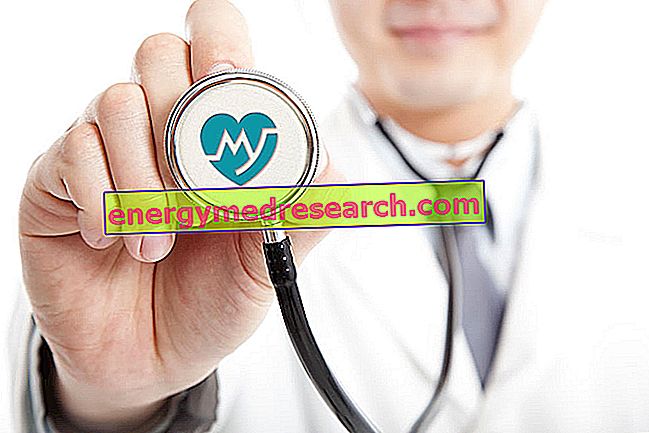
Post-exposure prophylaxis ( PEP ) involves the administration of antiretroviral drugs in the hours immediately following an event at high risk of infection, to try to reduce the probability of becoming HIV positive ( HIV + ).
The effectiveness of this approach depends on the time elapsed since the hypothetical infection: the ideal is to resort to PEP - by contacting the emergency room as soon as possible - within 4 hours of potential exposure to the virus, in any case no later than 72 hours .
Post-exposure prophylaxis is based on the administration of reverse transcriptase inhibitors in combination with protease or integrase inhibitors, for a period of 4 weeks. The prescription of these drugs requires a careful assessment of the risk of infection and the close observation by qualified medical personnel.
Post-exposure prophylaxis is applied in the prevention of the risk of transmitting work-related HIV (eg accidental puncture in hospital laboratories, professional accidents, etc.). The use of PEP is also possible in situations with a high risk of infection, as in the case of penetrative and unprotected sexual relations with HIV-positive people (including cases of sexual violence), exposure to infected blood or other biological fluids and exchange of already used syringes.
Post-exposure prophylaxis is not always effective and does not guarantee that someone exposed to the HIV virus does not develop the infection.



